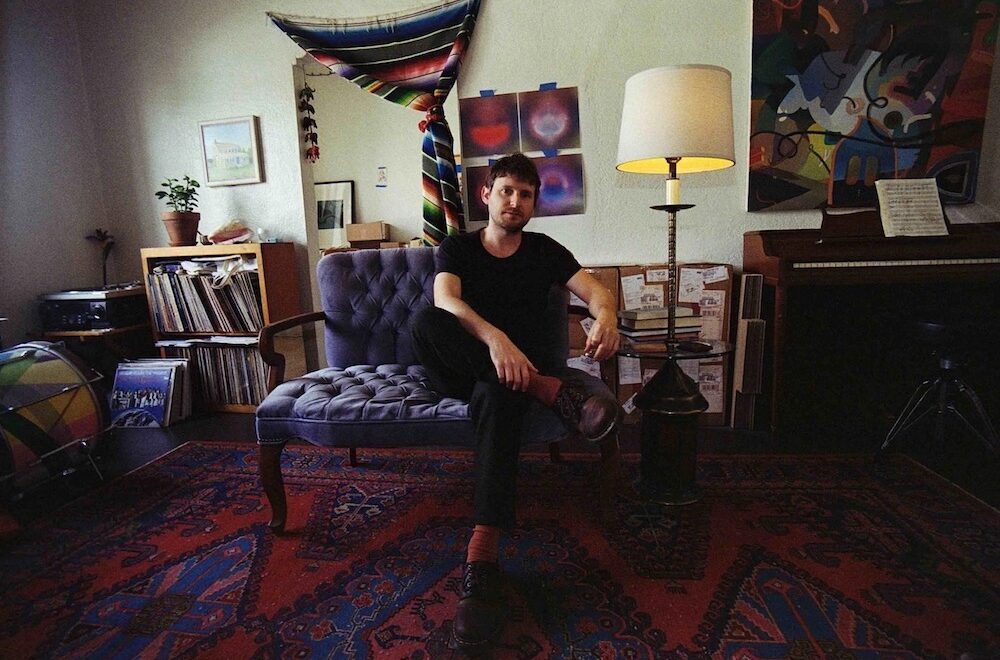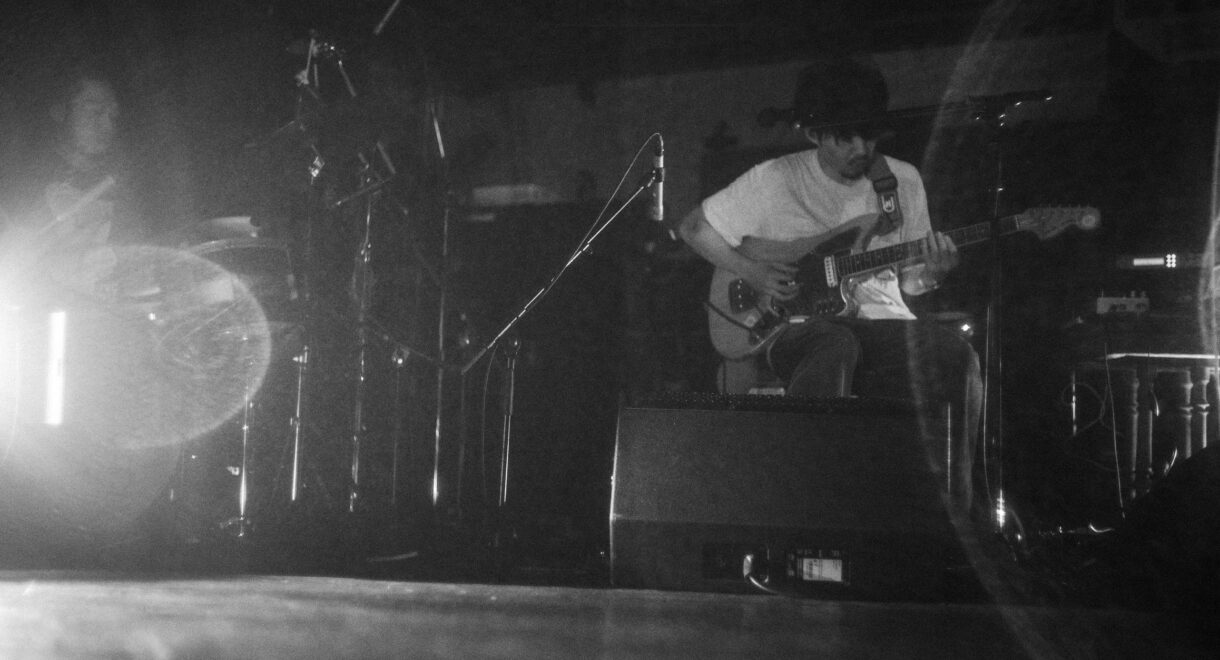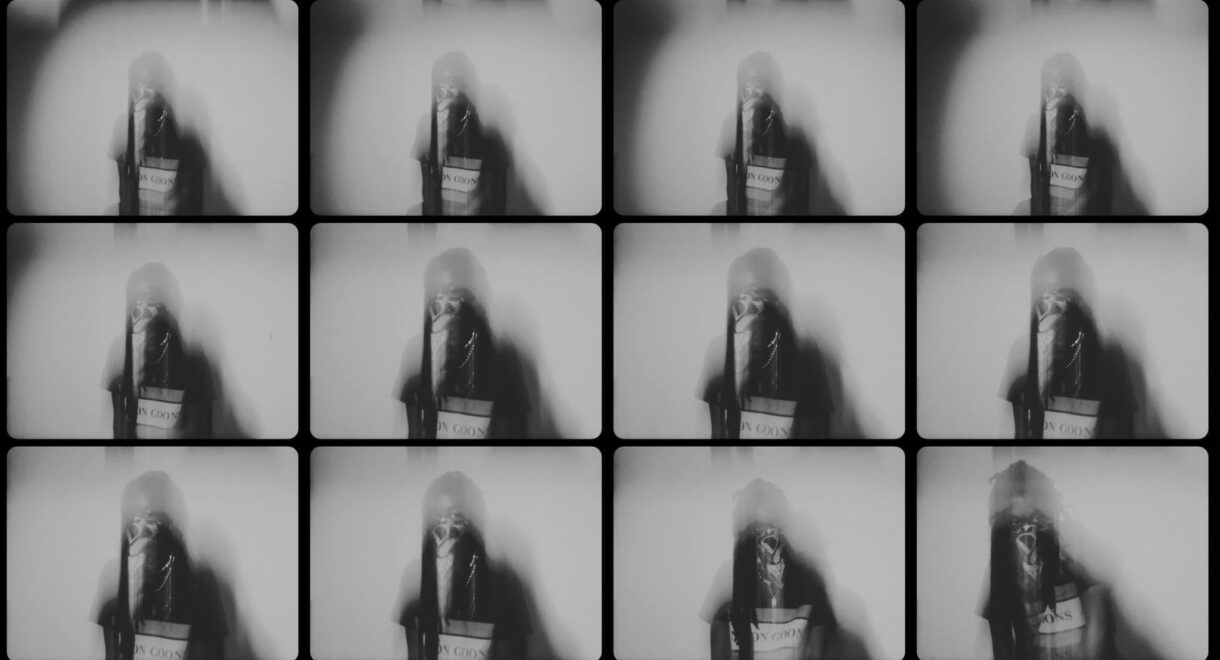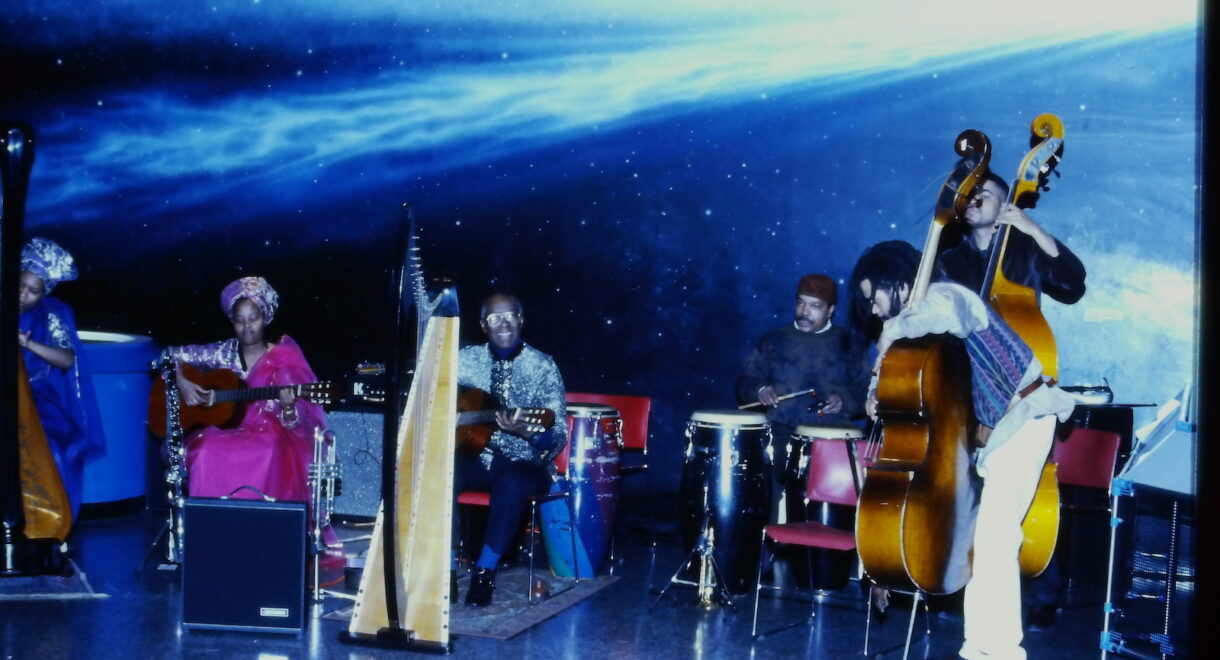Now Sound favorites shared by your friends at In Sheep’s Clothing. Reflecting on an entire year’s worth of music is always a tricky endeavor. What sounds stood out […]
The Necks’ Disquiet: A Three-Hour Rebellion Against Distraction

Across three unnumbered discs and four expansive pieces, the Necks turn duration into devotion, suggesting that attention can be its own kind of grace.
“Attention, taken to its highest degree, is the same thing as prayer,” wrote the 20th century French philosopher and mystic Simone Weil. Noting that it “presupposes faith and love,” she described focused attention as “the rarest and purest form of generosity.”
On their epic new Disquiet, the Necks luxuriate in that kind of attunement, letting each sound stretch until its edges blur and a new texture quietly forms.
For nearly four decades, pianist Chris Abrahams, bassist Lloyd Swanton, and drummer Tony Buck have refined a method that resists both genre and summary. Each performance begins without plan or map, the music evolving through collective intuition rather than composition. As Abrahams once explained, “It’s an organism. The three of us have a chemistry and we prioritise the sound of the ensemble. We’re not the first improvisers to want to be in the moment, but our particular approach to being in the moment meant that our pieces had this slowly unfolding, long-range viewpoint. We never actually sat down and said let’s play pieces that last for an hour, but we did aim to be in the moment and if there’s no reason to be in a different moment, sustain that moment” (15 Questions).
Buck describes the process in more physical terms: “I don’t know if this is because of the physicality of playing the drums, but everything I do is built around cycles. This doesn’t necessarily mean repetitious rhythm, but cycles, and maybe different cycles happening at the same time. So, over time, I become more and more aware of the influence of gestural flow — my gestalt. That plays into my relationship with my instrument quite a bit” (Passionweiss).
Their recordings begin as improvisations but rarely stay that way. Once captured, the material becomes clay: shaped, expanded, and sometimes blurred through subtle overdubs or layering in the studio. The result preserves the spontaneity of performance while deepening its internal weather. Nothing feels added for effect; the edits simply reveal what was already latent in the playing.
Disquiet, their twentieth studio album, extends that experiment across three compact discs and roughly three and a half hours of continuous unfolding. Recorded at Rancom St Studios in Sydney, a cavernous room known for its warmth and vintage clarity, the set feels less like a statement than an environment — an immersion in sustained concentration where form emerges only through duration.
A few delicate notes on electric piano open the piece, followed by the low hum of an organ and the faint breath of cymbals, bass tones hovering more than sounding. Nothing rushes forward. For nearly twenty minutes of “Rapid Eye Movement,” Abrahams withholds any clear melodic theme, tracing fragments that flicker and disappear before they take hold. Only after that long suspension does the music begin to form, first as vibration, then as motion. Around the thirty-minute mark, a pulse slips in and quietly rearranges the room, subtle but decisive.
Each of the four long pieces unfolds differently, but all share that same alert patience. The longest, “Ghost Net,” lasts 74 minutes and sounds like it’s staggering under its own gravity — a wildly drunken rhythm that splatters, lurches, and somehow keeps its footing. It’s the kind of piece that feels unstable by design, its balance maintained through sheer collective awareness.
Across its span, Disquiet never repeats so much as evolves. The Necks treat time as elastic, stretching it until texture becomes structure. Listening becomes an act of participation, a shared patience between the trio and whoever’s leaning close enough to notice the change when it comes. The physical release has no prescribed order — three discs, unnumbered, meant to be approached however one chooses. On streaming platforms, sequence is imposed; in its intended form, Disquiet asks the listener to decide where to begin and when to stop, or whether to stop at all.
In an age that treats attention as currency, The Necks ask for something rarer. They ask for presence — the quiet willingness to listen without expectation. The reward isn’t resolution but absorption: the slow realization that the music and the moment are one and the same.










